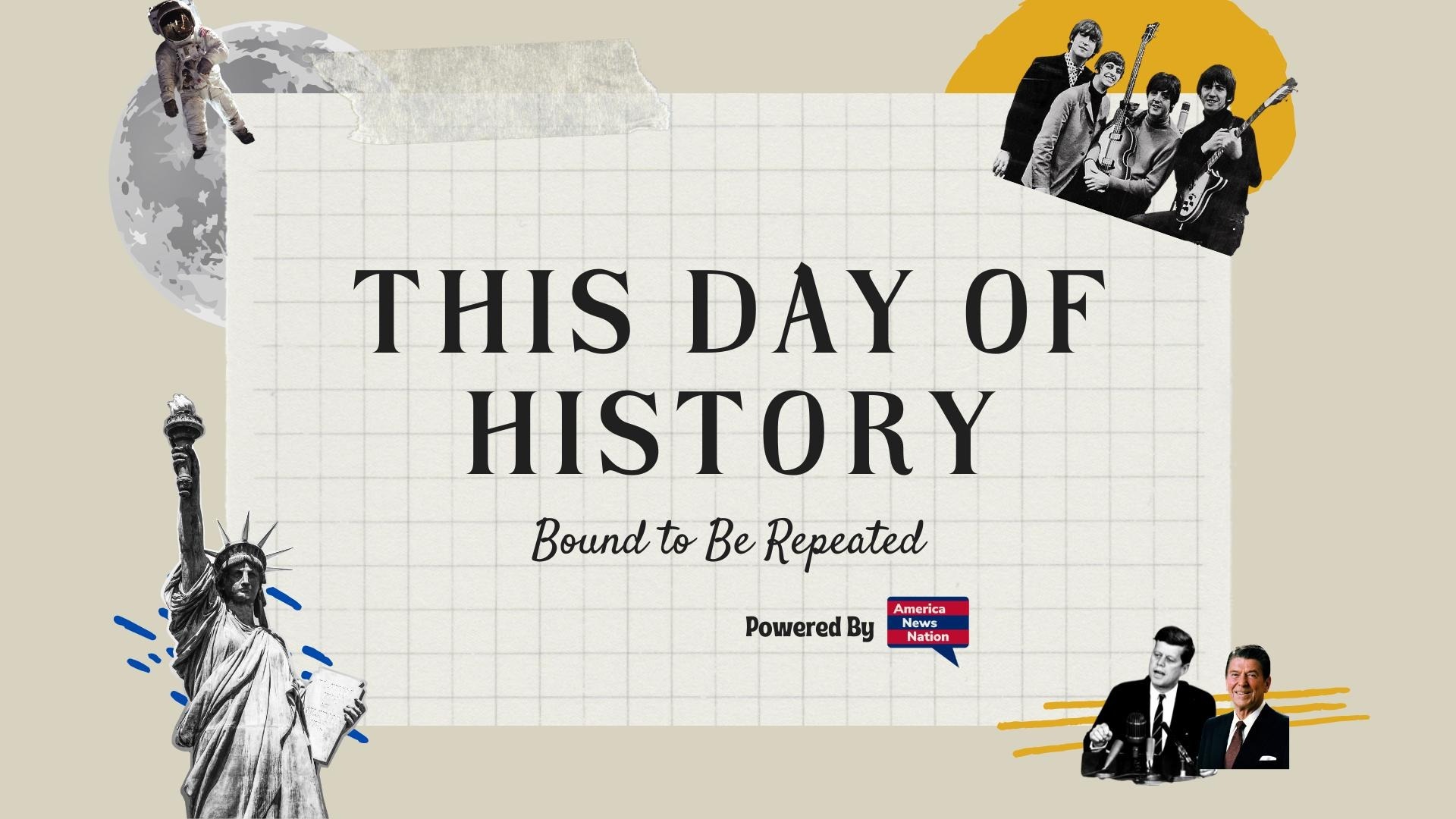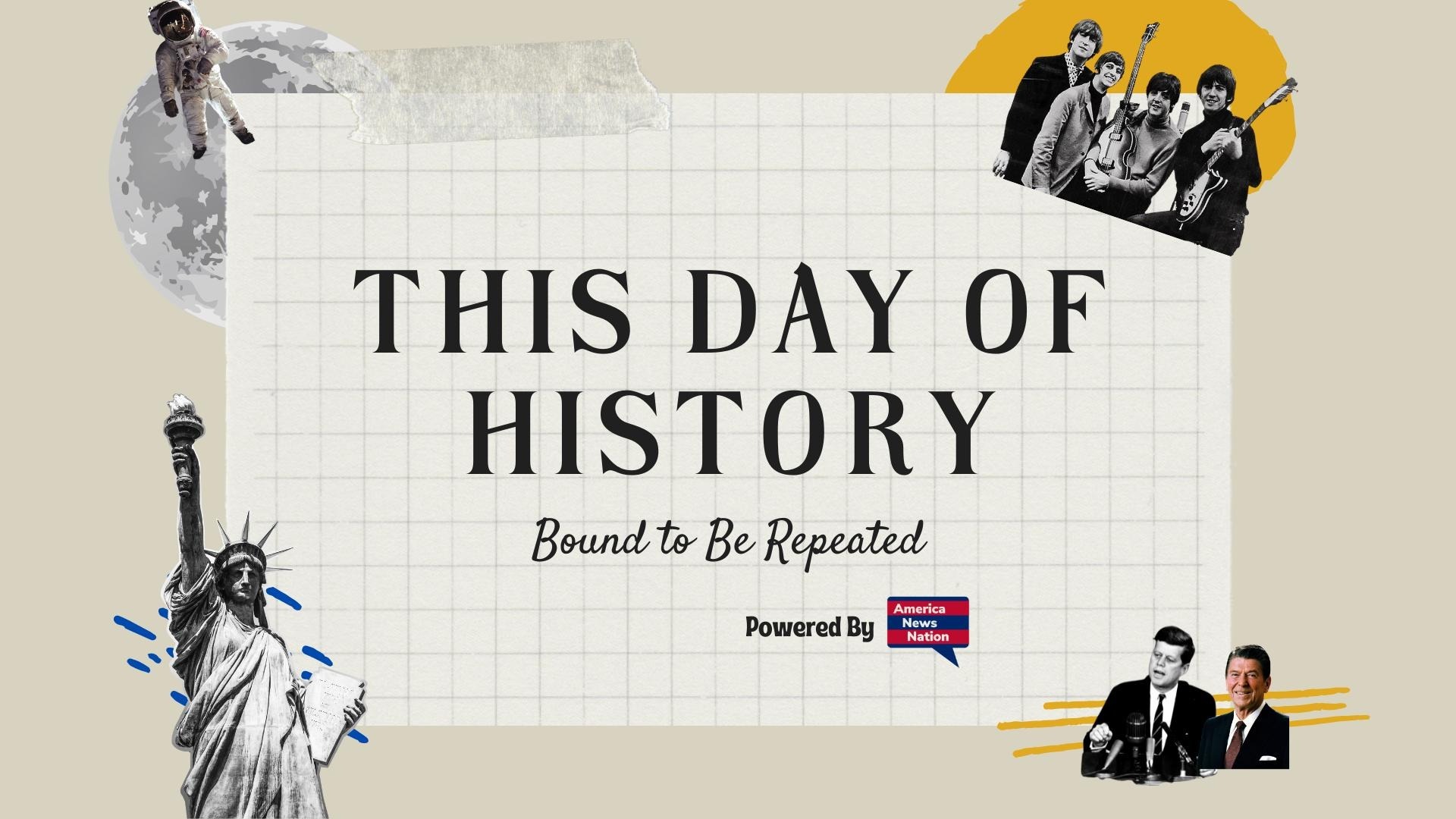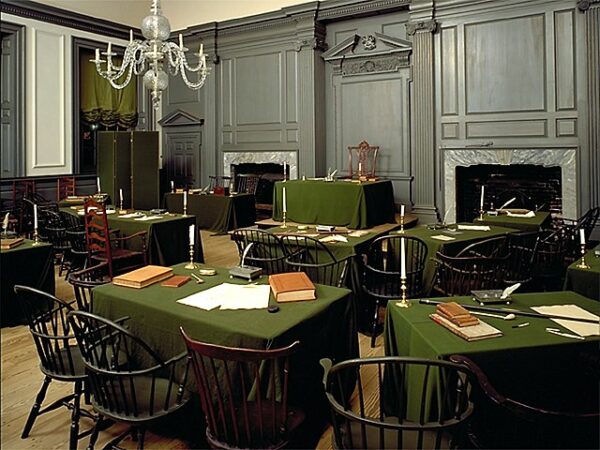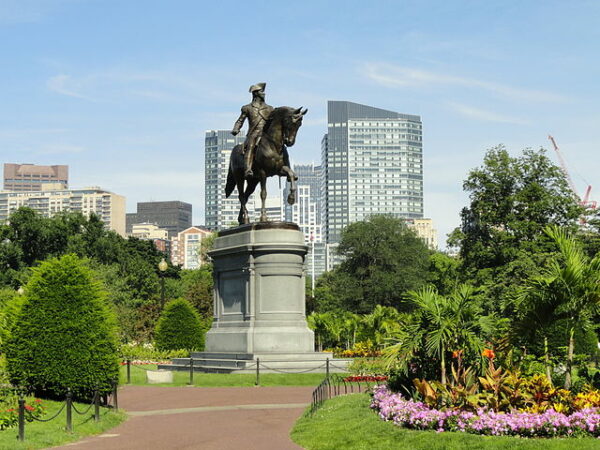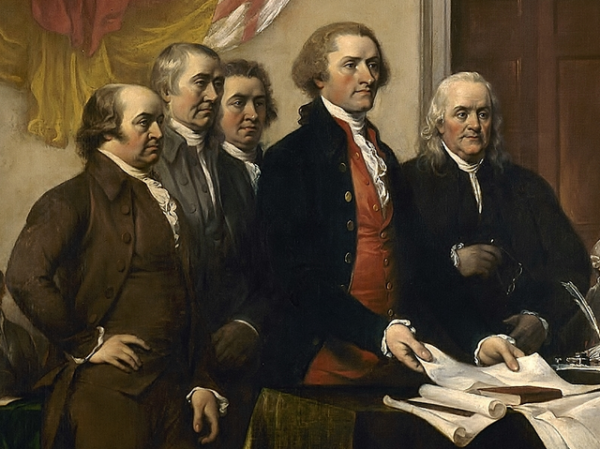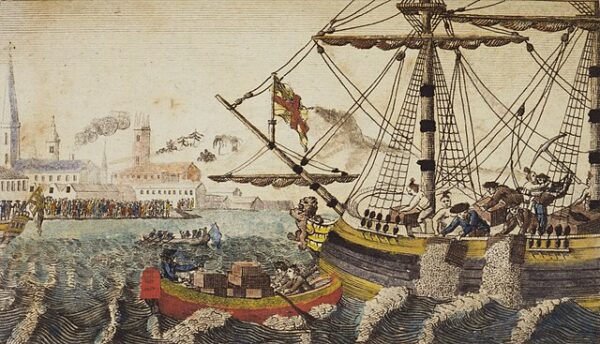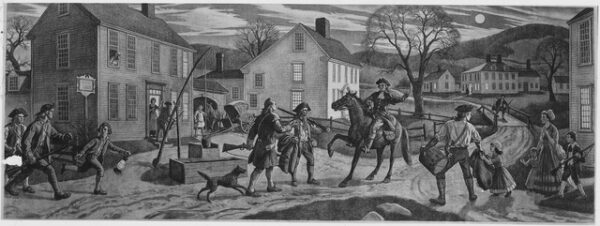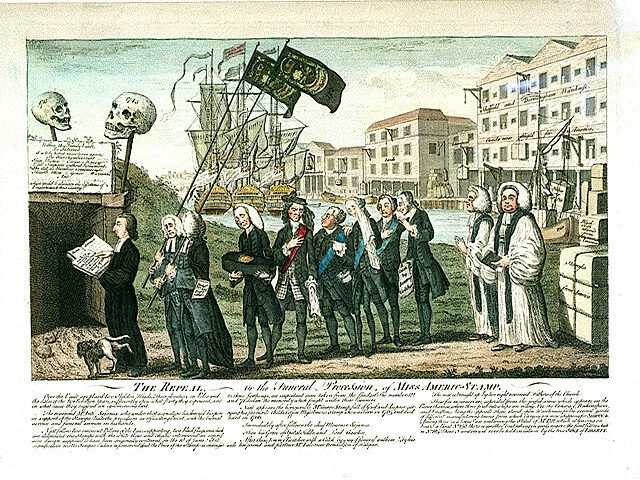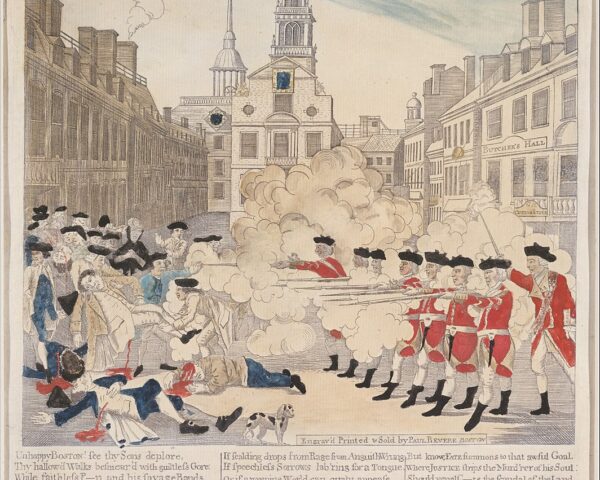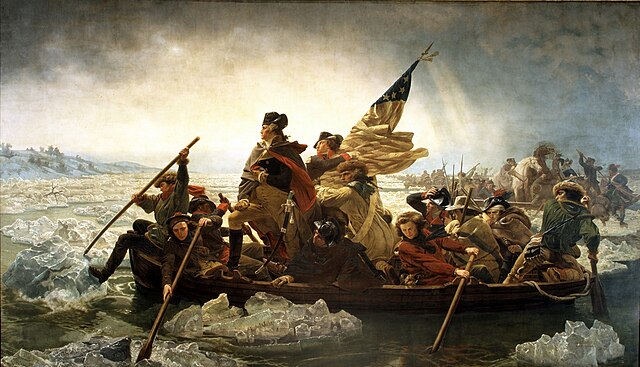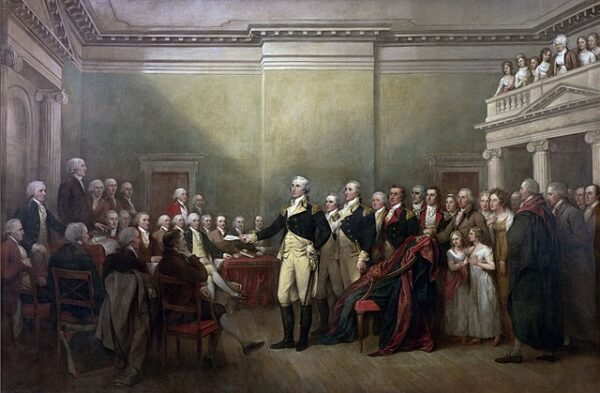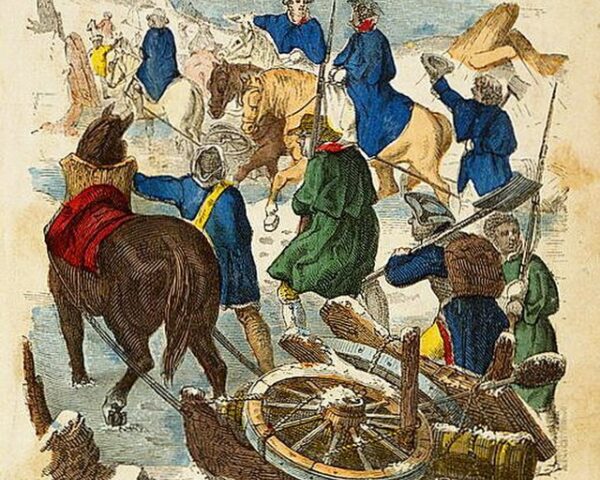On a warm summer day in 1775, as the tension between the American colonies and Great Britain simmered, the Second Continental Congress convened in the Pennsylvania State House. Inside, the air was thick with the weight of recent battles at Lexington and Concord, and…
Read MoreOn July 3, 1775, George Washington took command of the Continental Army at Cambridge, Massachusetts. The appointment came as tensions and hostilities began to rise between Massachusetts and England following the Battles of Lexington and Concord in that April. After vocal appeals from the…
Read MoreIn the sweltering heat of June 1776, the Second Continental Congress convened in Philadelphia and decided to change the course of human events. The delegates, representing the thirteen colonies, faced the monumental task of justifying a rebellion that had already sparked skirmishes and ignited…
Read MoreThe passage of the Tea Act by the British Parliament on May 9, 1773, served as a pivotal moment in American history, providing a catalyst for the American Revolution. The Tea Act was essentially designed to bail out the struggling British East India Company by granting it a monopoly…
Read More“Listen, my children, and you shall hear Of the midnight ride of Paul Revere, On the eighteenth of April, in Seventy-Five: Hardly a man is now alive Who remembers that famous day and year.” So begins Henry Wadsworth Longfellow’s famous poem, immortalizing one of…
Read MoreOn March 22, 1765, the British Parliament passed a law that helped launch the American Revolution. Known as “Stamp Act,” The Gilder Lehrman Institute of American History writes that it was enacted “to help pay for British troops stationed in the colonies during the Seven Years’…
Read MoreThe Boston Massacre, a pivotal event in pre-revolutionary America, unfolded on the evening of March 5, 1770. Tensions between American colonists and British soldiers had been escalating for years, fueled by issues such as taxation without representation and the presence of British troops in…
Read MoreWashington Crossing the Delaware is an iconic moment in American history that took place during the American Revolutionary War on the night of December 25-26, 1776. Leading the Continental Army, General George Washington orchestrated a daring and strategic crossing of the ice-filled Delaware River…
Read MoreOne day near the end of the Revolutionary War, the King of England and his royal painter, Benjamin West, born in Pennsylvania, were discussing what was happening in America. The King asked West what George Washington would do were America to be declared independent.…
Read MoreDuring the winter of 1775-1776, General George Washington faced a dire need for artillery to break the British siege of Boston. That’s when Brigadier General Henry Knox, Washington’s Chief of Artillery, proposed a daring plan to transported “the guns of Ticonderoga” to Beantown, covering…
Read More